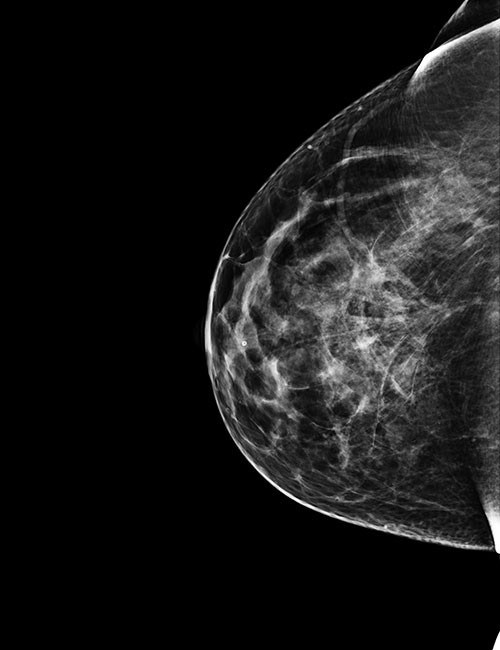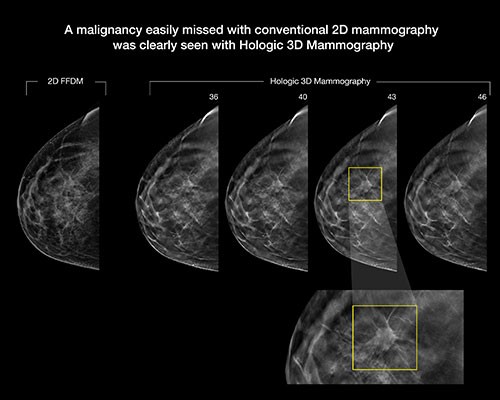January 22, 2015 - Tomosynthesis might indicate a new era in breast cancer screening said Per Skaane, MD, PhD, the lead author of a recent study1 that found digital breast tomosynthesis, also known as 3D mammography, has the potential to significantly increase the cancer detection rate in mammography screening of women with dense breasts.
Dr. Skaane and colleagues have been studying tomosynthesis as a promising breast cancer screening option that addresses some of the limitations of mammography by providing 3D views of the breast, according to a report by the Radiological Society of North America.2
"Tomosynthesis could be regarded as an improvement of mammography and would be much easier than MRI or ultrasound to implement in organized screening programs," Dr. Skaane said. "So the intention of our study was to see if tomosynthesis really would significantly increase the cancer detection rate in a population-based mammography screening program."
The researchers compared cancer detection using full-field digital mammography (FFDM) versus FFDM plus digital breast tomosynthesis in 25,547 women between the ages of 50 and 69. Breast density was classified based on the American College of Radiology's Breast Imaging-Reporting and Data System (BI-RADS). The BI-RADS breast density scale runs from 1 to 4, with 1 being the least dense and 4 being the most dense.

46-yr-old woman 3-D digital tomosynthesis view of breast.

Spiculated mass on 3-D tomosynthesis image.
There were 257 malignancies detected on FFDM and a combination of FFDM and tomosynthesis in the study group, including 105 in the density 2 group and 110 in density 3. Of the 257 cancers, 211, or 82 percent were detected with FFDM plus tomosynthesis, a significant improvement over the 163, or 63 percent, detected with FFDM alone.
FFDM plus tomosynthesis pinpointed 80 percent of the 132 cancer cases in women with dense breasts, compared to only 59 percent for FFDM alone.

A 46-year-old woman’s routine screening mammogram: 2-D mammogram is essentially negative. 3-D Tomosynthesis images reveal a 15 mm spiculated mass between slices 38-48, diagnosed as invasive ductal carcinoma, grade 2.
"Our findings are extremely promising, showing an overall relative increase in the cancer detection rate of about 30 percent," Dr. Skaane said. "Stratifying the results on invasive cancers only, the relative increase in cancer detection was about 40 percent."
Tomosynthesis not only improved the cancer detection rate in women with dense breasts, it also helped increase detection for women in the "fatty breast" BI-RADS categories. The addition of tomosynthesis to FFDM improved the cancer detection rate from 68 percent to 84 percent in women with BI-RADS density 1 or 2 breasts.
Source:
1. Skaane P, Bandos AI, Eben EB, et al. Two-view digital breast tomosynthesis screening with synthetically reconstructed projection images: comparison with digital breast tomosynthesis with full-field digital mammographic images. Radiology. 2014 Jun;271(3):655-63. doi: 10.1148/radiol.13131391. Epub 2014 Jan 24.
2. 3-D Mammography Improves Cancer Detection in Dense Breasts. RSNA.org. http://www2.rsna.org/timssnet/Media/pressreleases/14_pr_target.cfm?id=787. Dec. 2, 2014.




